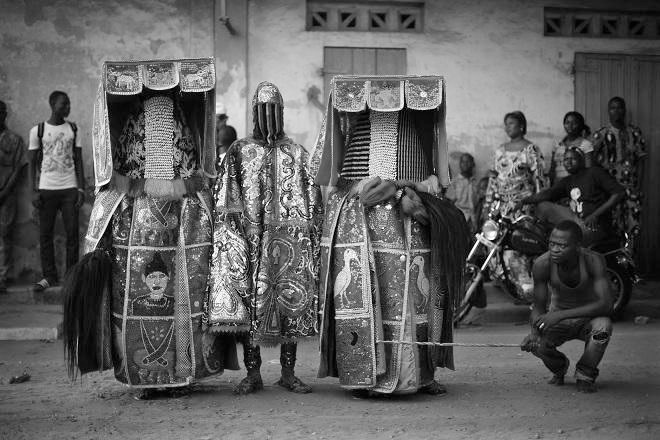How Benin works to reveal its cultural and natural heritage
By Maria Kagkelidou, Press & Communication at HERITΛGE
A recent piece in The Guardian argued that coastal west Africa will shape the rest of the 21st century. It pointed out that in the next 80 years Africa will be home to 40% of the world’s population and that nowhere is this breakneck pace of development happening faster than the 600-mile stretch between Abidjan and Lagos.
The opportunities and challenges posed by these developments were visible during a recent HERITΛGE mission to Benin, one of the fast-developing countries along this coast, and a country that has placed its cultural and natural heritage at the forefront of its development efforts.
President Talon’s government, flanked by international organisations (the African Union, United Nations, European Union, the World Bank etc.), foreign agencies for international cooperation led by those of France, and investors, Benin is pursuing a national plan to upgrade its infrastructure and enhance its productive base called Bénin Révélé.
One of the main pillars of this ambitious program is developing the country’s culture and tourism sectors using the country’s rich natural and cultural heritage as a springboard. The former includes Benin’s sacred forests and Pendjari and W park, the “richest animal natural park in West Africa” according to government literature. This natural heritage is rounded off by mile-upon-mile of tropical coastline, which the government would like to see dotted with tourist developments and visitors from far-away lands.
Concerning cultural heritage, the recent creation of a striking landmark, the Amazon Statue erected in the busy port city of Cotonou, is one of the most visible and well-publicised efforts to build on Benin’s rich history and traditions. The statue, on Amazon Esplanade, honors the women-warriors of the Kingdom of Dahomey. Its revelation took place at the same time as the women-warriors were introduced to global audiences through the Hollywood movie First Woman.
The Kingdom of Dahomey with the World Heritage Site of its kings’ palaces in Abomey, the country’s painful heritage as a center for the slave trade visible in Ouidah, its rich Vodun religious heritage, and colonial remains such as its quaint capital, Porto Novo, are just some of the attractions Benin wants to reveal to the world in 2024, following a period of intense preparations.
Upbeat and frenetically paced, this effort appeared to our team to be enjoying great support among the Beninois, around two-thirds of whom are under 25 years old. But it is not without challenges.
The first one concerns cultural heritage itself. Amid the breakneck speed of development local archaeologists, conservation, and culture professionals are trying their best to ensure this heritage is not trampled over, for example by the ever-expanding and much-anticipated road construction projects. The second and more worrying challenge is the spillover of Africa’s worsening Islamist insurgency from neighboring countries into Benin’s north. Currently, the much-feted natural park in the north is out of bounds for tourists, with some foreign governments advising their nationals against all travel to the region. The threat is limited geographically and does not affect the country’s coastal regions but is concerning.
With renewed strategic efforts to engage the north’s border communities and a consistent focus on conserving and managing the country’s immense heritage amid the explosion of economic activity, transnational cooperation and possibly international assistance on security challenges, Benin’s hard work can deliver growth, quality employment and education opportunities, along with better living standards for its young, enthusiastic, and hard-working population.

